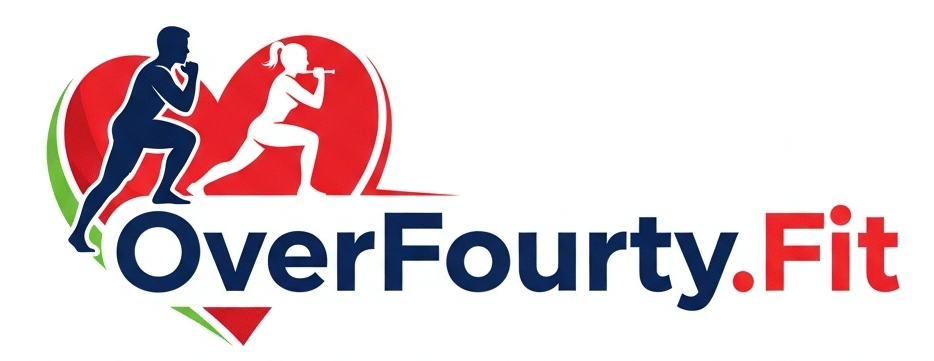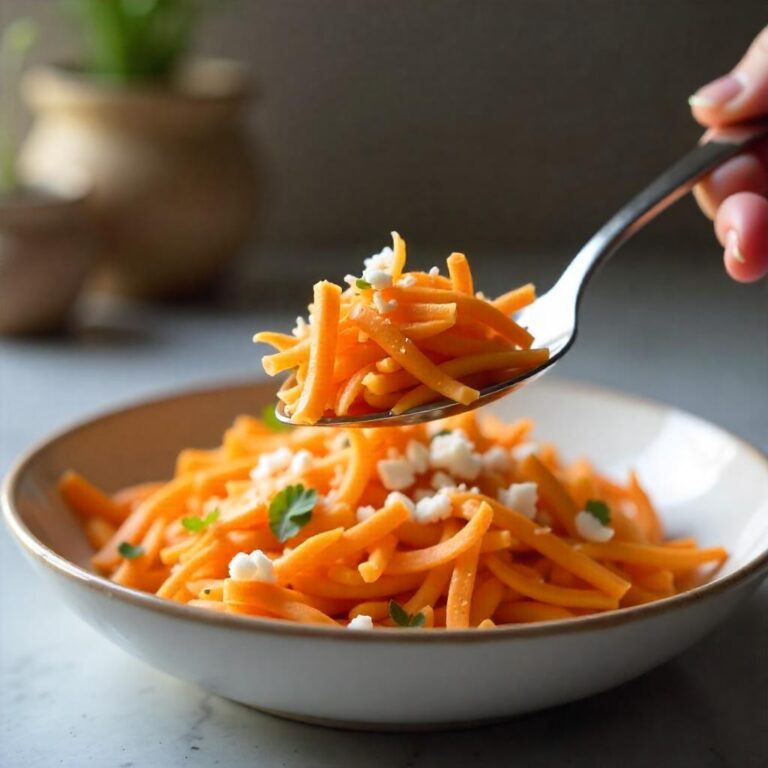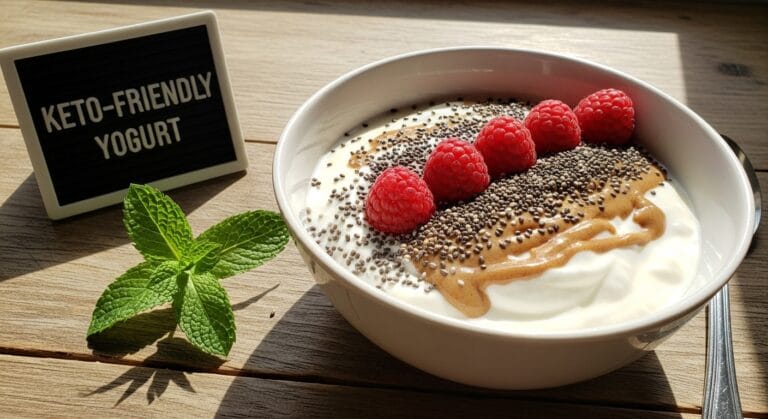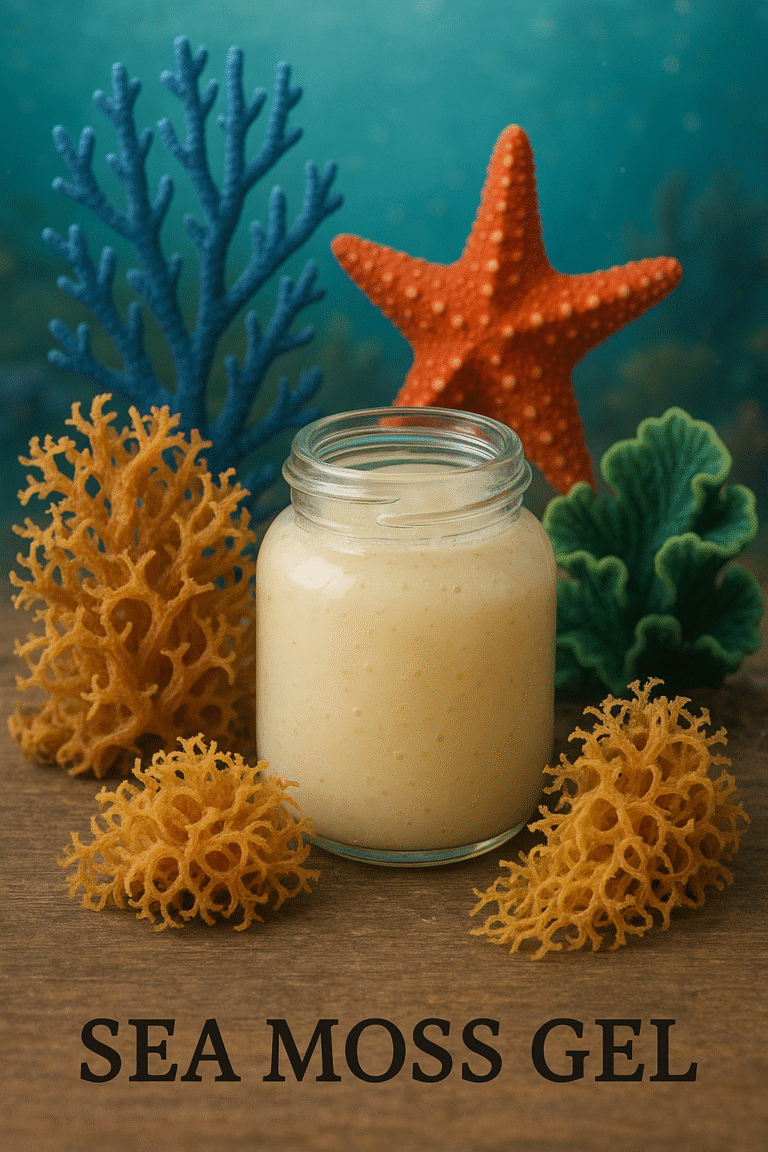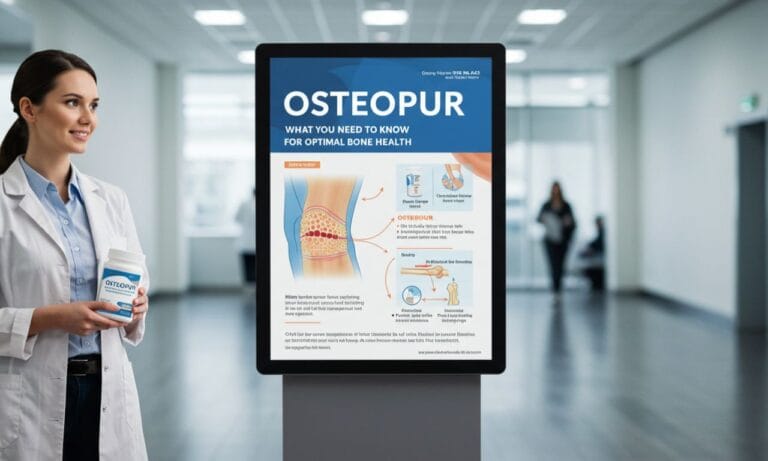Fava Protein: The Next Frontier in Sustainable, Plant-Based Nutrition
In a world increasingly seeking sustainable and health-conscious food choices, the humble fava bean, also known as the broad bean (Vicia faba), is emerging as a nutritional powerhouse. Historically a staple in cuisines across the globe, this ancient legume is now at the forefront of the plant-based revolution.
Its derivative, fava protein, is gaining significant traction as a clean-label, high-quality ingredient for a wide array of food applications, from sports nutrition to meat alternatives.
Unlike its more popular counterparts, fava protein offers a unique blend of nutritional benefits, functional properties, and environmental sustainability, making it a game-changer for a healthier planet and populace.
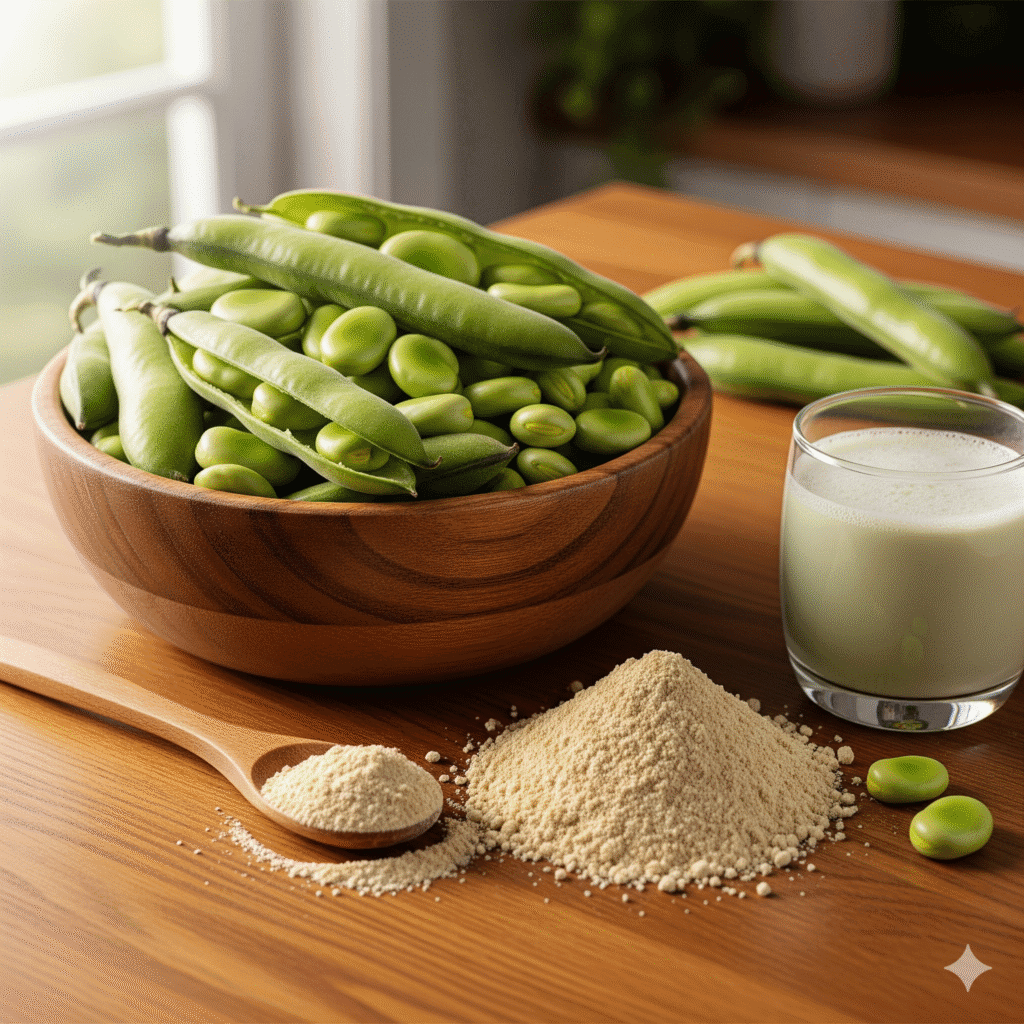
A Complete Nutritional Profile
At the core of fava protein’s rising popularity is its impressive nutritional value. It stands out from many other plant-based proteins due to its exceptional amino acid profile. While some plant proteins, like rice protein, can be deficient in certain essential amino acids, fava protein is rich in lysine and other key building blocks.
When combined with other plant sources, such as cereals, it creates a truly complete protein, offering all nine essential amino acids necessary for muscle growth and repair. This makes it an ideal ingredient for vegan protein powders and other products aimed at athletes and individuals on a plant-based diet.
Beyond protein, fava beans are packed with vital micronutrients. They are an excellent source of folate, a crucial B vitamin, as well as essential minerals like manganese, copper, iron, and magnesium.
They also contain a substantial amount of dietary fiber, which is critical for gut health and can aid in weight management by promoting a feeling of fullness. The presence of these nutrients contributes to a range of health benefits, including improved heart health and better blood sugar regulation.
From Bean to Breakthrough Ingredient
The journey from a faba bean to a functional food ingredient involves specialized processing to create two primary forms: fava bean protein isolate and fava bean protein concentrate.
- Fava Bean Protein Concentrate: This form is produced through dry fractionation, a more environmentally friendly method that requires less water and energy. It typically contains around 60-70% protein and retains more of the bean’s natural fiber and carbohydrates. This makes it a great option for applications where a higher fiber content is desirable.
- Fava Bean Protein Isolate: This is a more refined version, often achieving a protein content of 85% or higher. It is typically made using a wet-extraction process called isoelectric precipitation. The isolate’s high purity and neutral flavor profile make it a versatile ingredient, particularly for products where a clean taste is paramount, such as fortified beverages and nutritional shakes.
The ability to create both a concentrate and an isolate gives manufacturers flexibility in their formulations. These processed forms also help to minimize the presence of anti-nutritional factors and off-flavors, which can sometimes be a challenge with whole legumes.
Versatile Applications in the Food Industry
Fava protein’s functional properties—including excellent emulsification, foaming, and gelling capabilities—make it incredibly versatile for a wide range of food applications.
- Meat Alternatives: Its unique gelling capacity and fibrous structure make fava protein an exceptional base for creating plant-based meat alternatives. It can be used in the extrusion process to produce realistic textures for products like vegan sausages, burgers, and ground meat.
- Dairy Substitutes: The foaming and emulsifying properties of fava protein are well-suited for creating plant-based milk, yogurts, and whipped creams. It provides the desired texture and stability without the need for common allergens like soy or nuts.
- Bakery Products: Fava protein can be used as a cost-effective and functional alternative to eggs in bakery items like muffins and biscuits. It helps provide structure and a protein boost, aligning with the growing consumer demand for protein enrichment.
- Sports Nutrition: As a source of high-quality, easily digestible protein, it is an ideal ingredient for protein powder and nutritional bars. Its rich amino acid profile and low-fat content make it a superb choice for muscle repair and recovery.
The Sustainability Advantage
One of the most compelling reasons for fava protein’s rise is its remarkable sustainable protein credentials. The cultivation of fava beans offers significant environmental benefits that set it apart from other protein sources.
- Nitrogen-Fixing Crop: As a legume, the fava bean plant is a natural nitrogen-fixing crop. It collaborates with soil microorganisms to convert atmospheric nitrogen into a form that plants can use, reducing the need for synthetic nitrogen fertilizers. This not only lowers the carbon footprint of the crop but also improves soil health and fertility for future plantings.
- Low Water Footprint: Compared to animal-based proteins and even some other plant proteins, fava beans require significantly less water to cultivate. This is a critical factor in regions facing water scarcity and aligns with global efforts to conserve water resources.
- Biodiversity: The flowers of the faba bean attract pollinators, contributing to local biodiversity and supporting a healthy ecosystem.
A Forward-Looking Comparison
When compared to other popular plant-based proteins, fava protein holds its own. While pea protein and soy protein have long dominated the market, fava protein offers a viable alternative, particularly for those with allergies to soy. Its more neutral flavor profile also makes it easier to formulate into various products without the “beany” aftertaste sometimes associated with pea protein.
Key Takeaways
- Nutritionally Superior: Fava protein has a high-quality amino acid profile, containing all essential amino acids, making it a complete protein. It is also rich in micronutrients like folate, iron, manganese, and fiber, contributing to various health benefits.
- Highly Versatile and Functional: Available in forms like fava bean protein isolate and concentrate, its functional properties—including emulsification, foaming, and gelling—make it ideal for a wide range of food applications, such as meat alternatives, dairy substitutes, and protein powder.
- Environmentally Sustainable: As a nitrogen-fixing crop, fava beans improve soil health and reduce the need for synthetic fertilizers. Their cultivation requires less water and land compared to animal-based proteins, making them a cornerstone of the sustainable protein movement.
- Addressing Anti-nutritional Factors: While fava beans contain anti-nutritional compounds, modern processing techniques are highly effective at removing them, ensuring product safety and quality.
- Market Growth Driver: The increasing consumer preference for plant-based, clean-label, and sustainable products is positioning fava protein as a key ingredient to meet future global food demand.
References
Comparison of Faba Bean Protein Processing Methods – Examines dry fractionation vs. isoelectric precipitation.
Read here ›
Faba Bean: An Untapped Source of Quality Plant Proteins and Bioactives – Comprehensive review of nutritional and bio-functional properties.
Read here ›
Nutritional Profile and Processing of Faba Bean (Vicia faba L.) – Covers composition, protein content, and processing methods.
Read here ›
From Fava Beans to Future Foods – Explores the sustainability and plant-based potential of fava beans.
Read here ›
The Rise of Fava Protein: A Sustainable and Nutritious Food Revolution
Fava protein is no longer a niche ingredient; it’s a front-runner in the global shift towards more sustainable and healthier food systems.
With its robust nutritional profile, including a complete set of essential amino acids, and its functional versatility in everything from meat alternatives to protein powders, fava protein offers a compelling solution for both consumers and manufacturers.
Its key takeaway is the powerful synergy of nutrition and environmental stewardship. As a nitrogen-fixing crop with a low water footprint, the fava bean provides a genuinely ethical and eco-friendly protein source.
In a world hungry for solutions, fava protein stands out as a delicious, versatile, and planet-friendly answer to our modern dietary needs.
FAQs
Is fava bean protein healthy?
Yes, fava bean protein is healthy — it’s rich in plant-based protein, fiber, iron, and folate, and supports muscle health and digestion.
Is fava bean protein better than pea protein?
Both are excellent, but fava bean protein is slightly higher in some amino acids like lysine, making it a strong alternative to pea protein.
How much protein is in 100g of boiled fava beans?
About 7–8 grams of protein per 100g of boiled fava beans.
Is fava a complete protein?
No, fava beans are not a complete protein on their own. Pair them with grains like rice or quinoa to get all essential amino acids.
What are the side effects of fava beans?
Some people may experience bloating or gas due to fiber. Individuals with G6PD deficiency should avoid fava beans due to risk of hemolytic anemia.
What is the only grain that is a complete protein?
Quinoa is the only common grain considered a complete protein.
Is avocado a complete protein?
No, avocado is not a complete protein — it provides some amino acids but not all essentials.
Which grain is the highest in protein?
Amaranth and quinoa are among the highest-protein grains, offering 8–9g per cup cooked.
What are the best high-protein breakfasts?
Eggs, Greek yogurt, protein smoothies, cottage cheese, and overnight oats with nut butter or seeds are top choices.

